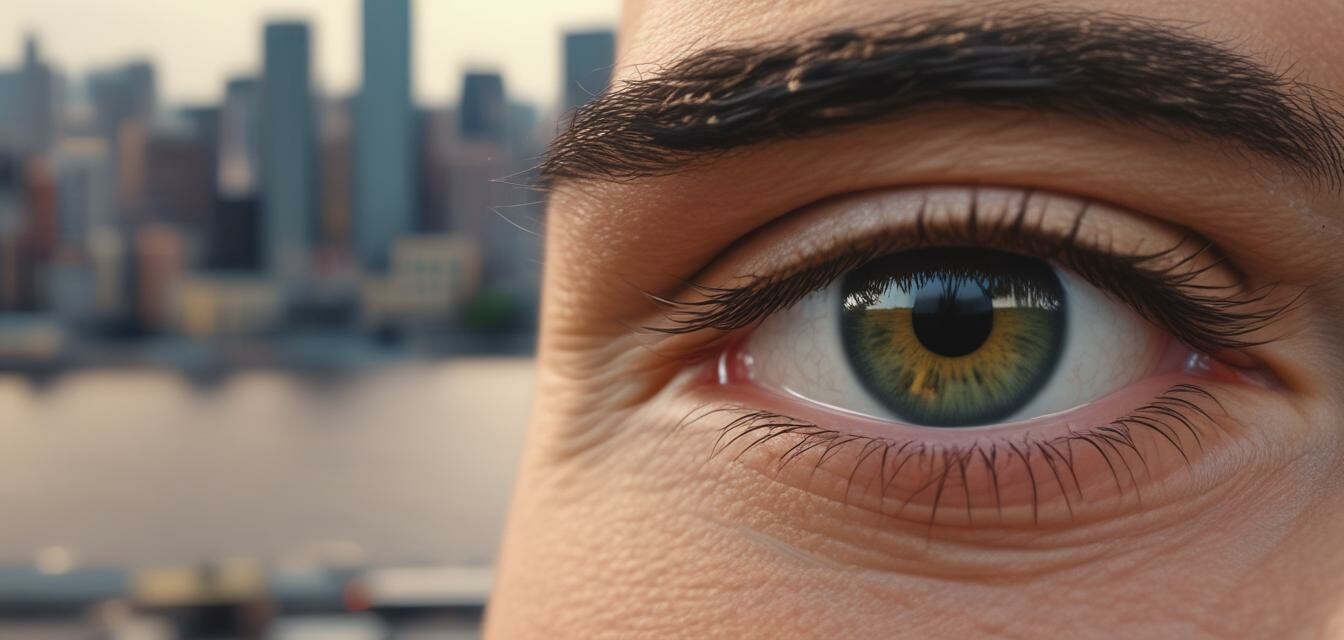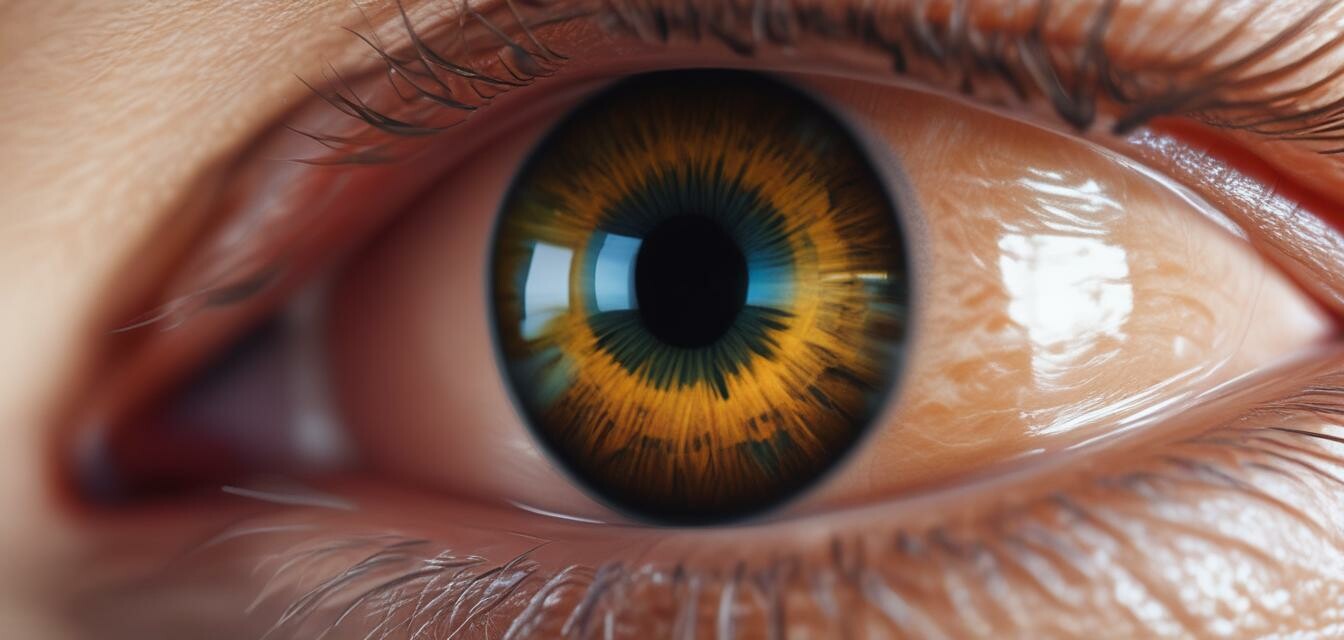
Children's Vision Improvement
As a parent, there's nothing more important than ensuring your child's overall health and wellbeing. One crucial aspect of their development is their vision. Children's vision improvement is essential for their academic, social, and emotional growth. In this article, we'll explore techniques and strategies specifically designed to enhance your child's vision.
Key Takeaways
- Regular eye exams are crucial for detecting vision problems early on.
- Natural vision exercises can improve visual acuity and eye health.
- A balanced diet rich in omega-3 fatty acids and antioxidants supports healthy vision.
- Limiting screen time and encouraging outdoor activities can reduce the risk of myopia.
Why Children's Vision Improvement Matters
Vision problems can significantly impact a child's quality of life. Undiagnosed vision issues can lead to:
- Poor academic performance
- Difficulty with social interactions
- Increased risk of eye diseases
- Decreased self-confidence
Early Detection and Intervention
Regular eye exams are essential for detecting vision problems early on. The American Academy of Pediatrics recommends the following schedule:
| Age | Recommended Eye Exam Frequency |
|---|---|
| Infancy (0-1 year) | At birth, 6 months, and 12 months |
| Early Childhood (1-3 years) | At 2 and 3 years |
| School Age (4-12 years) | Every 2-3 years |
Natural Vision Exercises for Children
Natural vision exercises can improve visual acuity and eye health. Here are some fun and engaging activities to try with your child:
- Eye rotations: Have your child rotate their eyes in a circular motion, first clockwise and then counterclockwise.
- Focusing exercises: Place a small object, such as a pen, in front of your child and have them focus on it. Then, suddenly move the object away and ask them to focus on a distant object.
- Visual games: Engage your child in games that challenge their visual skills, such as "I Spy" or "Where's Waldo?"

Nutrition for Healthy Vision
A balanced diet rich in omega-3 fatty acids and antioxidants supports healthy vision. Here are some vision-boosting foods to include in your child's diet:
| Foods Rich in Omega-3 Fatty Acids | Foods Rich in Antioxidants |
|---|---|
| Fatty fish (salmon, tuna) | Berries (blueberries, strawberries) |
| Nuts and seeds (flaxseed, walnuts) | Leafy greens (spinach, kale) |
Reducing the Risk of Myopia
Myopia, or nearsightedness, is a common vision problem in children. To reduce the risk of myopia, consider the following:
- Limit screen time: Encourage outdoor activities and limit screen time to 1-2 hours per day.
- Encourage outdoor play: Regular outdoor play can reduce the risk of myopia by up to 50%.

Additional Resources
For more information on children's vision improvement, check out our resources on:

Benefits of Children's Vision Improvement
- Improved academic performance
- Enhanced social interactions
- Reduced risk of eye diseases
Challenges of Children's Vision Improvement
- Difficulty getting children to cooperate with eye exams
- Struggling to find time for natural vision exercises
- Difficulty making healthy lifestyle changes
Beginners Section
New to children's vision improvement? Start with these simple tips:
- Schedule regular eye exams for your child
- Encourage outdoor play and limit screen time
- Include vision-boosting foods in your child's diet








